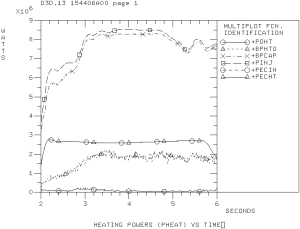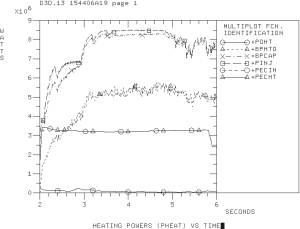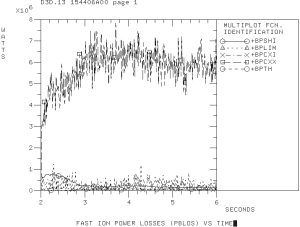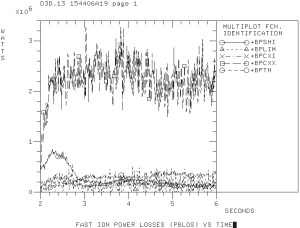Simulation of high poloidal beta DIII-D discharge 154406
The TRANSP code is used to simulated the high poloidal beta DIII-D discharge 154406. Previous simulations that were presented by Andrea Garofalo at the TTF meeting (April 28-May 1, 2015; Salem, MA) and the H-mode workshop (October, 2015; Garching, Germany) includes the results obtained by Gary Staebler and Brian Grierson using the GLF23 and TGLF models. The ion thermal transport is found close to the neoclassical level. The electron temperature is found to be over-predicted. My new TRANSP simulations are started from the existing TRANSP run 154406R04 on the PPPL cluster. A number of simulations using various MMM7.1 parameters are performed. Both electron and ion temperatures are found to be strongly under-predicted. I have also generated new TRANSP input files using AUTOTRANSP. Some NUBEAM and ECH parameters are found different from the corresponding parameters in the 154406R04TR.DAT file. These differences resulted in significant differences in the total fast ion heating BPHTO which is related to anomalously large outside CX losses BPCXX in the simulations that are based on the run 154406R04.


Input heating powers in the simulation that is based on input from the 154406R04 input (left) and autotransp (right).


Beam losses in the simulation that is based on the 154406R04 input (left) and autotransp (right).
